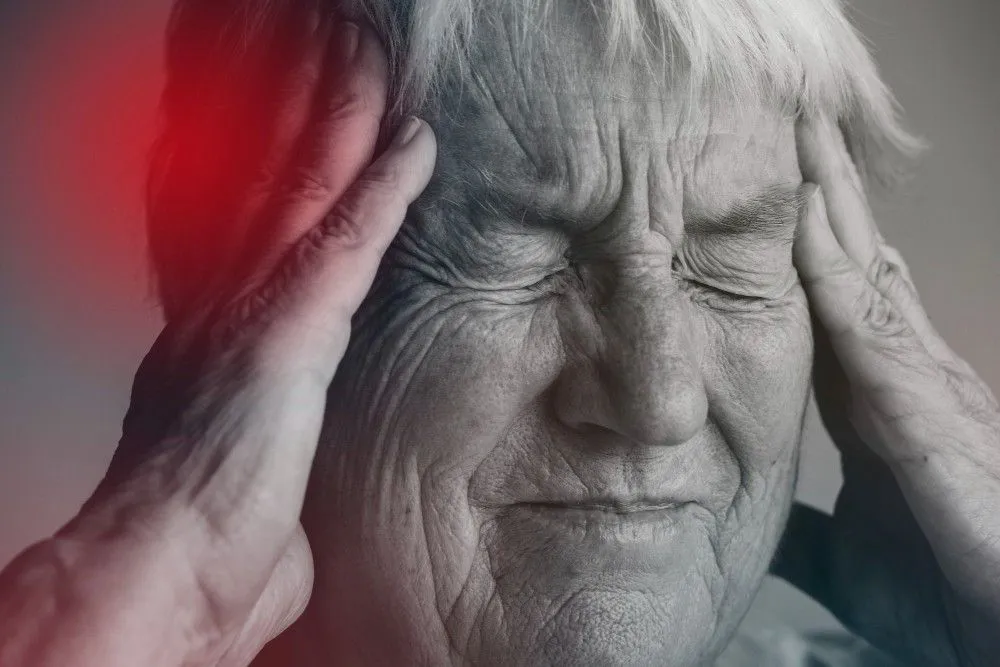What is a Hip Pain?
The hip-joint withstands repeated motion and a fair amount of wear and tear. This ball-and-socket joint; the body's largest; fits together in a way that allows for fluid movement. Despite its durability, with age and use, the cartilage gets damaged. A fall or other injury causes hip bone fracture. Any of these conditions can lead to hip pain.
What are the Causes?
Reasons of Hip Pain:
- Hereditary
- Arthritis
- Hip fractures caused by aging or fall
- Bursitis Tendinitis
- Muscle or tendon strain
- Bone Cancers
- Avascular necrosis or Osteonecrosis due to the low blood flow to hip bone
What do you need to know about the signs?
- Pain that limits everyday activities, such as walking or bending and continues while resting
- Stiffness in a hip that limits the ability to move or lift the leg
- Inadequate pain relief from anti-inflammatory drugs, physical therapy, or walking supports
Which specialist should you consult?
An Orthopedic is the subject matter expert.
What are the screening tests and investigations carried to confirm or rule out the disorder?
- Medical history. An analysis of general health and intensity of hip pain by an orthopedic.
- Physical examination. To assess hip mobility, strength, and alignment.
- X-rays. To find the amounted damage or deformity in your hip.
- Other tests. Magnetic resonance imaging (MRI) scans of diseased bone and soft tissues.
What are the available treatment modalities?
THR involves surgically removing the painful and arthritic parts of the joint (cartilage and bone), replacing the "ball and socket" part of the joint with artificial parts to give a new surface. It adds to greater freedom of movement. Today hip joints manufactured from various metals or metal alloys like durable polyethylene plastic, ceramics, and newer plastics.
All these prostheses contain two common components such as ball and socket. 'Press fit' and cemented are the two varieties of prostheses. The usage depends on the quality and strength of bone. Usually the surgery takes two hours.
What are complications in managing of the disorder?
- Infection
- Blood Clots
- Leg-length dissimilarity
- Displacement
- Loosening of implant wear
Nerve and blood vessel injury, blood loss, fracture, and inflexibility.
What are the Dietary and Physical activity requirements during the course of the treatment?
#1 Diet
- A balance diet with an iron supplement
- Increase the water intake
#2 Activity
Take up light activities after 3 to 6 weeks post surgery:
- A slow walk to increase the mobility preferably at home.
- Resume activities like sitting, standing and climbing stairs
- Be regular with exercise but initially only under the physiotherapist supervision
Is there any risk to other family members of having the disorder?
If the cause is genetic, then the chances of carry forwarding are high.
How can you prevent the disorder from happening or recurring?
One must put a pillow between the legs while sleeping.
Try to avoid:
- The risk of blood clot and infection by following the medical instruction religiously
- Falls
- Crossing the legs
- Bending the hips more than 90 degrees
- Turning the feet excessively inward or outward
Since 1960, Total Hip Replacement is a successful procedure with many modern up - gradations to cure damaged hips. Go for an Implant today for future comfort and functionality!
image source: ramsayhealth

Reviewed by







